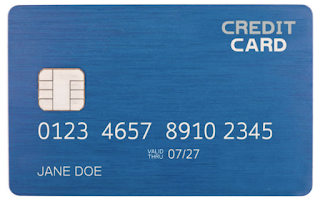MilitaryMoney.US
One American Veteran’s Path to Financial Independence During and after Military Service
MilitaryMoney.US
Financial Independence: Are you a service member looking for a way to build long-term wealth? Here’s a phased plan for working towards financial independence during and after your time in the service. This isn’t the only way to achieve wealth, but it’s a way that’s worked for me. Take a look, and hopefully the steps in this plan can serve you as well as they’ve served me.
Military Education: The educational benefits provided to both active duty service members and veterans are absolutely incredible. And, while you can certainly build wealth without formal education, it’s a whole lot more difficult. So, read about these awesome opportunities and how to make the most of your benefits on your journey to financial independence.
Military Real Estate: One of the surest paths to building long-term wealth is the slow-and-steady acquisition of real estate. Buy your first place and, as you move on to your next home, rent out the first – a great pattern to repeat and repeat! Read about the basics of buying a home, the unique real estate advantages we have as service members and veterans, and tried-and-true techniques for real estate investing in the military.
About MM.US: MilitaryMoney.US is the story of one veteran’s path to financial independence – both during and after the service. But, it’s also much more than a story – it’s a guide. Specifically, this site is meant to outline a plan that works, a plan for military members and veterans alike to make the most of the unique benefits we have to work towards achieving wealth and, ultimately, the lives we truly want to live.
Take Advantage of the Three Pillars of Military Retirement: Traditional TSP, Roth TSP, and Pension
Allocate and Automate Your Excess Income
 |
| Time + Money: Dollars Add Up! |
What to Do with Excess Income
Automate Your Saving with Online Banking
Track Your Spending and Implement a Budget
You Stopped the Bleeding - What’s Next?
Don't Take Out New Consumer Loans
What’s a Consumer Loan?
 |
| Yes, 35.99% Is an Insanely High Interest Rate! |



